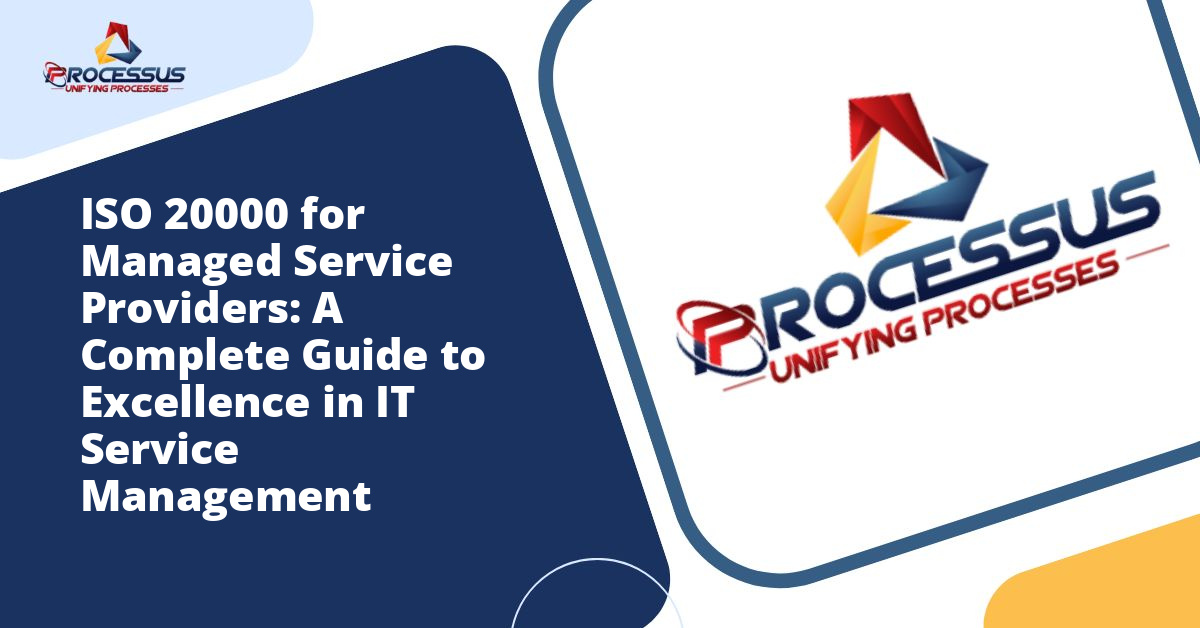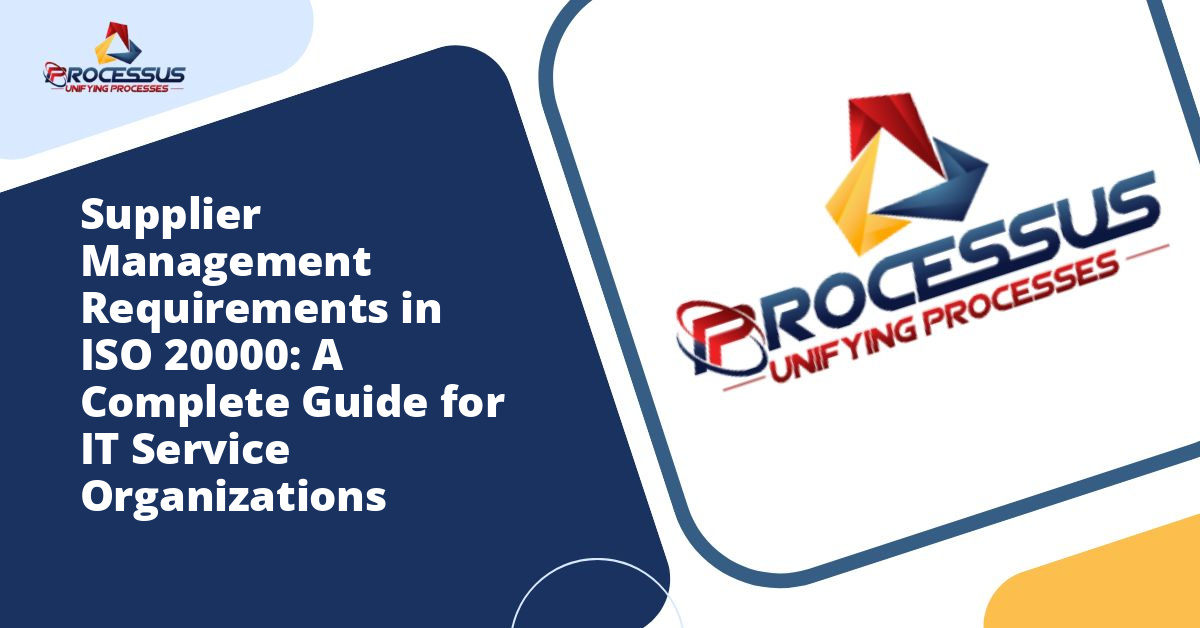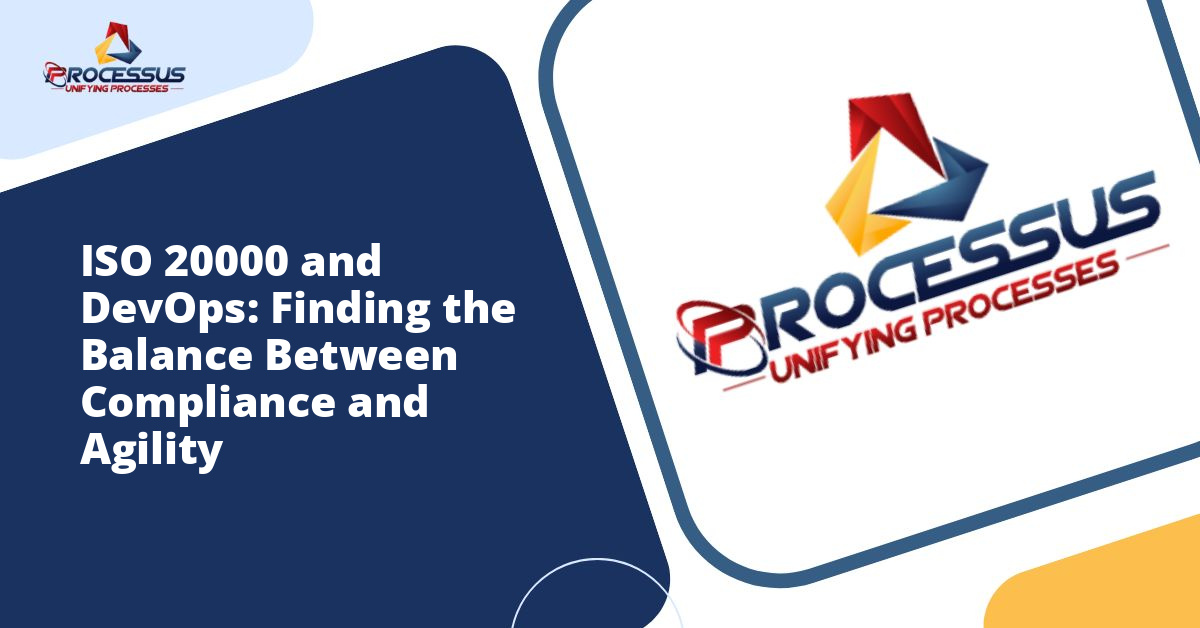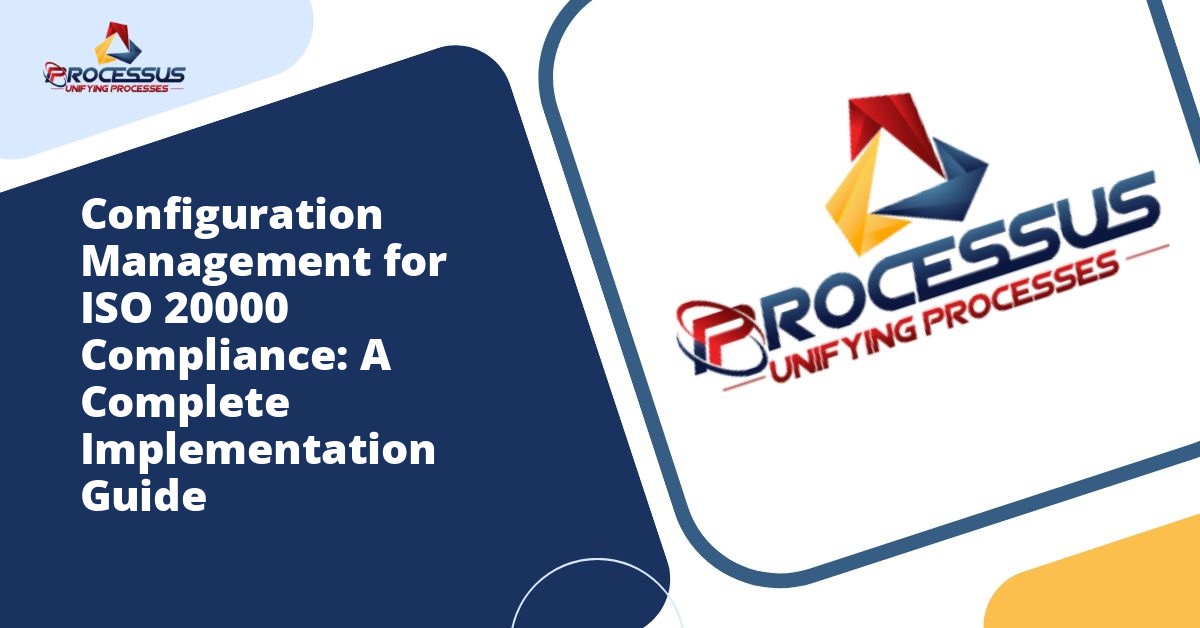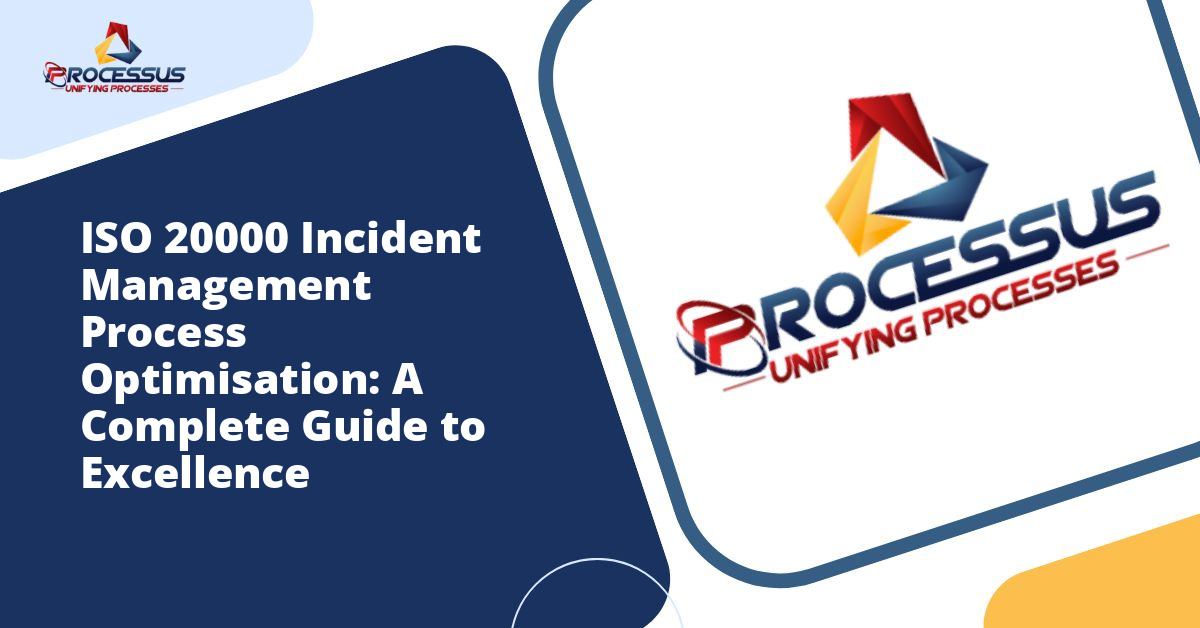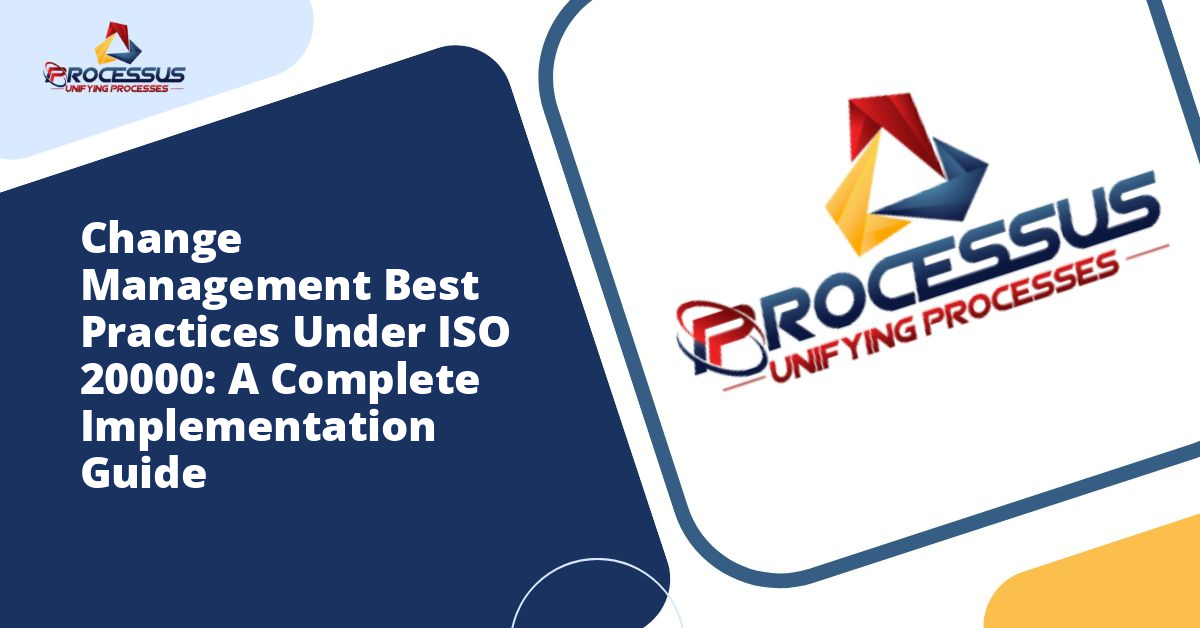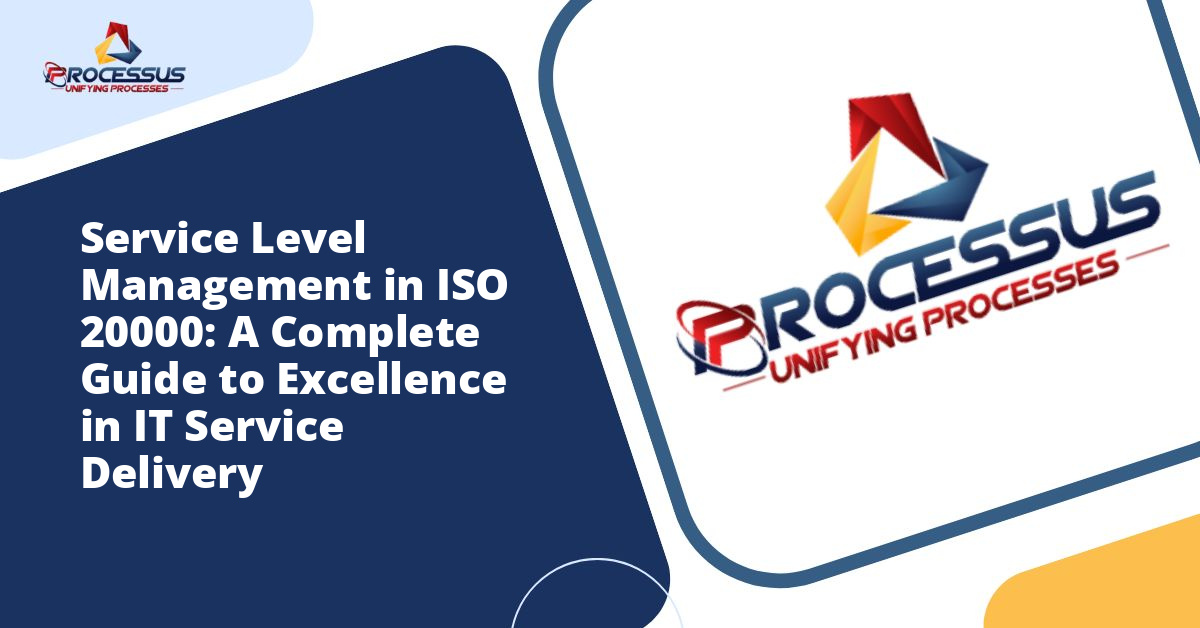In today’s rapidly evolving digital landscape, Managed Service Providers (MSPs) face increasing pressure to demonstrate their capability, reliability, and commitment to quality service delivery. As businesses entrust critical IT operations to external providers, the demand for standardized, measurable service management practices has never been higher. This is where ISO 20000 emerges as a game-changing certification that can transform how MSPs operate and compete in the marketplace.
This comprehensive guide explores everything you need to know about ISO 20000 for Managed Service Providers, from its fundamental principles to implementation strategies and the tangible benefits it delivers. You might also enjoy reading about ITIL vs ISO 20000: A Complete Guide to Understanding Their Relationship and Differences.
Understanding ISO 20000: The Global Standard for IT Service Management
ISO 20000 represents the first international standard specifically designed for IT Service Management (ITSM). Developed and published by the International Organization for Standardization (ISO), this standard provides a framework that enables organizations to deliver managed services that meet customer needs and regulatory requirements consistently. You might also enjoy reading about ISO 20000 Certification: Your Complete Implementation Guide for Service Management Excellence.
The standard consists of multiple parts, with ISO 20000-1 outlining the requirements for establishing, implementing, maintaining, and continually improving a Service Management System (SMS). ISO 20000-2 provides guidance on the application of service management systems, offering practical advice for organizations seeking certification. You might also enjoy reading about Service Level Management in ISO 20000: A Complete Guide to Excellence in IT Service Delivery.
For Managed Service Providers, ISO 20000 serves as both a roadmap for operational excellence and a competitive differentiator in an increasingly crowded marketplace. It demonstrates to current and prospective clients that an MSP follows internationally recognized best practices and maintains rigorous standards for service delivery.
Why ISO 20000 Matters for Managed Service Providers
The managed services industry has experienced exponential growth over the past decade. As organizations increasingly outsource their IT operations, they demand greater accountability, transparency, and reliability from their service providers. ISO 20000 certification addresses these demands directly.
Building Client Trust and Confidence
Trust forms the foundation of any successful MSP-client relationship. When organizations hand over control of critical IT infrastructure and services, they need assurance that their provider operates according to proven methodologies. ISO 20000 certification provides this assurance by demonstrating that an MSP adheres to internationally recognized standards for service management.
Clients can rest assured that certified providers have implemented comprehensive processes for incident management, change control, service continuity, and other critical functions. This certification serves as tangible evidence of an MSP’s commitment to quality and continuous improvement.
Competitive Advantage in a Crowded Market
The managed services market has become increasingly competitive, with new providers entering the space regularly. Differentiation has become crucial for success. ISO 20000 certification provides MSPs with a significant competitive edge by demonstrating their commitment to excellence and their capability to deliver services at an internationally recognized standard.
Many organizations now include ISO 20000 certification as a mandatory requirement in their procurement processes for managed services. Without this certification, MSPs may find themselves excluded from lucrative opportunities before they even have a chance to demonstrate their capabilities.
Operational Efficiency and Cost Reduction
Beyond external benefits, ISO 20000 implementation drives internal improvements that directly impact an MSP’s bottom line. The standard encourages process optimization, elimination of redundancies, and adoption of best practices that reduce operational costs while improving service quality.
By standardizing processes and implementing robust service management practices, MSPs can reduce incidents, minimize service disruptions, and improve first-time resolution rates. These improvements translate directly into reduced costs and increased profitability.
Core Components of ISO 20000 for MSPs
Understanding the core components of ISO 20000 helps MSPs prepare for implementation and certification. The standard encompasses several key areas that collectively form a comprehensive service management system.
Service Management System Requirements
The foundation of ISO 20000 rests on establishing a robust Service Management System. This includes defining the scope of services, documenting policies and procedures, and establishing clear roles and responsibilities throughout the organization.
MSPs must develop a comprehensive service management plan that outlines how they will meet customer requirements while complying with regulatory and legal obligations. This plan serves as the blueprint for all service delivery activities and provides a framework for continuous improvement.
Design and Transition of New or Changed Services
Change is constant in the IT environment. ISO 20000 requires MSPs to implement structured processes for designing, testing, and transitioning new or modified services. This ensures that changes are properly evaluated, authorized, and implemented without disrupting existing services.
Effective change management minimizes risks associated with service modifications while ensuring that new services meet customer requirements and align with business objectives. MSPs must maintain detailed records of all changes and their impacts on the service environment.
Service Delivery Processes
The heart of ISO 20000 lies in its service delivery processes. These include capacity management, service continuity management, service level management, and service reporting. Each process plays a critical role in ensuring consistent, high-quality service delivery.
Capacity management ensures that MSPs maintain adequate resources to meet current and future service demands. Service continuity planning prepares organizations for disaster scenarios and ensures rapid recovery when disruptions occur. Service level management establishes clear expectations through formal agreements and monitors performance against defined targets.
Relationship Processes
ISO 20000 recognizes that successful service delivery depends on effective relationships with customers, suppliers, and other stakeholders. MSPs must implement processes for managing these relationships, including regular communication, feedback collection, and dispute resolution.
Business relationship management ensures that MSPs understand customer needs and expectations, while supplier management ensures that third-party providers deliver services that meet required standards. These relationship processes create a foundation for long-term partnerships and mutual success.
Resolution Processes
No matter how well services are designed and delivered, incidents and problems inevitably occur. ISO 20000 requires MSPs to implement robust processes for incident management and problem management.
Incident management focuses on restoring normal service operations as quickly as possible, minimizing impact on business operations. Problem management identifies root causes of recurring incidents and implements permanent solutions to prevent future occurrences. Together, these processes ensure that service quality continuously improves over time.
Control Processes
ISO 20000 emphasizes the importance of control processes that ensure services are delivered securely, accurately, and in compliance with relevant requirements. Configuration management maintains accurate records of service assets and their relationships, while change control ensures that modifications are properly authorized and implemented.
The Journey to ISO 20000 Certification
Achieving ISO 20000 certification requires careful planning, dedicated resources, and organizational commitment. While the journey can be challenging, following a structured approach increases the likelihood of success.
Initial Assessment and Gap Analysis
The certification journey begins with a comprehensive assessment of current service management practices. MSPs should conduct a thorough gap analysis comparing existing processes against ISO 20000 requirements. This assessment identifies areas requiring improvement and helps prioritize implementation efforts.
During this phase, organizations should evaluate their documentation, process maturity, resource capabilities, and overall readiness for certification. The gap analysis provides a roadmap for subsequent implementation activities and helps establish realistic timelines and resource requirements.
Leadership Commitment and Resource Allocation
Successful ISO 20000 implementation requires strong leadership commitment and adequate resource allocation. Executive management must champion the initiative, communicate its importance throughout the organization, and provide the necessary resources for implementation.
Organizations should designate a project team responsible for driving the implementation effort. This team typically includes representatives from various departments and functions to ensure comprehensive coverage of all service management processes.
Process Design and Documentation
With gaps identified and resources allocated, MSPs can begin designing and documenting processes to meet ISO 20000 requirements. This phase involves creating policies, procedures, work instructions, and other documentation that define how services will be managed and delivered.
Documentation should be clear, concise, and accessible to all relevant personnel. It should reflect actual practices rather than idealized versions, as auditors will verify that documented processes are followed in practice.
Implementation and Training
Documentation alone does not achieve compliance. MSPs must implement designed processes throughout the organization and ensure that all personnel understand their roles and responsibilities. Comprehensive training programs help staff members understand new processes and develop the skills needed to execute them effectively.
Implementation should be phased and methodical, allowing time for processes to mature and for staff to adapt to new ways of working. Regular monitoring during this phase helps identify issues early and enables timely corrective actions.
Internal Audits and Management Reviews
Before seeking certification, MSPs should conduct internal audits to verify that implemented processes meet ISO 20000 requirements and are functioning as intended. Internal audits identify nonconformities and opportunities for improvement before the formal certification audit.
Management reviews provide opportunities for leadership to evaluate the effectiveness of the service management system and make strategic decisions about its future direction. These reviews should occur at planned intervals and consider audit results, performance metrics, and stakeholder feedback.
Certification Audit
The formal certification process typically involves a two-stage audit conducted by an accredited certification body. Stage one focuses on documentation review and readiness assessment. Stage two involves detailed examination of implemented processes, interviews with staff, and verification that practices align with documented procedures.
If the audit identifies nonconformities, the MSP must address them before certification can be granted. Minor nonconformities typically can be resolved quickly, while major nonconformities may require more extensive corrective actions.
Maintaining ISO 20000 Certification
Achieving certification represents a significant milestone, but maintaining it requires ongoing commitment and effort. ISO 20000 certification typically remains valid for three years, during which time organizations must undergo surveillance audits to verify continued compliance.
Continuous Improvement Culture
ISO 20000 emphasizes continual improvement as a fundamental principle. MSPs should establish a culture where improvement is valued and encouraged at all levels of the organization. This involves regularly reviewing performance metrics, analyzing trends, and implementing improvements based on data and feedback.
Continuous improvement should not be limited to fixing problems. Forward-thinking MSPs use the framework to identify opportunities for innovation and enhancement that drive competitive advantage.
Regular Monitoring and Measurement
Maintaining certification requires ongoing monitoring and measurement of service management processes. MSPs should establish key performance indicators that provide insight into process effectiveness and service quality. Regular reporting helps leadership make informed decisions and demonstrates compliance during surveillance audits.
Adapting to Changing Requirements
The IT landscape evolves constantly, as do business requirements and regulatory obligations. MSPs must ensure their service management systems remain relevant and effective by adapting to these changes. This might involve updating processes, revising documentation, or implementing new technologies that enhance service delivery.
Measuring Return on Investment
While ISO 20000 certification requires significant investment of time and resources, it delivers measurable returns that justify these costs.
Quantifiable Benefits
MSPs typically experience reduced incident volumes, improved first-time resolution rates, and decreased service downtime following ISO 20000 implementation. These improvements translate directly into cost savings through reduced labor costs, fewer emergency interventions, and improved resource utilization.
Certified MSPs often command premium pricing due to their demonstrated commitment to quality and best practices. The certification opens doors to new markets and customer segments that require or prefer working with certified providers.
Intangible Benefits
Beyond measurable financial returns, ISO 20000 certification delivers intangible benefits that contribute to long-term success. Enhanced reputation, improved employee morale, stronger customer relationships, and increased market credibility all flow from certification.
The structured approach to service management reduces stress and uncertainty for both employees and customers. Clear processes, defined responsibilities, and established escalation paths create a more predictable and manageable work environment.
Common Challenges and How to Overcome Them
The path to ISO 20000 certification presents challenges that MSPs should anticipate and prepare to address.
Resource Constraints
Many MSPs struggle with allocating sufficient resources to certification efforts while maintaining daily operations. The solution lies in careful planning, phased implementation, and securing leadership commitment to provide necessary resources. External consultants can supplement internal capabilities and accelerate the certification process.
Resistance to Change
Implementing new processes and procedures often encounters resistance from staff comfortable with existing ways of working. Effective change management, clear communication about benefits, and involving staff in design decisions help overcome resistance and build buy-in.
Documentation Burden
The documentation requirements of ISO 20000 can seem overwhelming. MSPs should focus on creating practical, usable documentation rather than pursuing perfection. Starting with essential documents and expanding over time makes the task more manageable.
Maintaining Momentum
Long implementation timelines can lead to loss of momentum and focus. Setting intermediate milestones, celebrating successes, and maintaining regular communication about progress helps sustain momentum throughout the certification journey.
The Future of ISO 20000 and Managed Services
As technology continues to evolve and managed services become increasingly critical to business operations, ISO 20000 will remain relevant and important. The standard continues to evolve, incorporating lessons learned and adapting to changing industry needs.
Emerging technologies like artificial intelligence, machine learning, and automation are being integrated into service management practices, and future versions of ISO 20000 will likely address these innovations. MSPs that embrace the standard position themselves to adapt successfully to whatever changes the future brings.
Conclusion
ISO 20000 certification represents more than a badge of honor for Managed Service Providers. It provides a comprehensive framework for delivering high-quality IT services, managing customer relationships, and driving continuous improvement. In an industry where trust, reliability, and quality determine success, ISO 20000 offers MSPs a proven path to excellence.
The journey to certification requires commitment, resources, and perseverance, but the rewards justify the investment. Certified MSPs enjoy competitive advantages, operational efficiencies, enhanced reputations, and access to premium market opportunities. They build stronger customer relationships founded on demonstrated commitment to quality and best practices.
For MSPs serious about long-term success and sustainable growth, ISO 20000 certification is not merely an option but a strategic imperative. It transforms service delivery from an ad-hoc activity into a disciplined, measurable, and continuously improving capability that drives customer satisfaction and business success.
Whether you are just beginning to explore ISO 20000 or are well along your certification journey, remember that the true value lies not in the certificate itself but in the cultural transformation and operational excellence it represents. Embrace the standard, commit to its principles, and watch your managed services organization reach new heights of performance and customer satisfaction.

